-
 Bitcoin
Bitcoin $107,467.9126
1.26% -
 Ethereum
Ethereum $2,447.5288
-0.12% -
 Tether USDt
Tether USDt $1.0005
0.00% -
 XRP
XRP $2.1921
0.13% -
 BNB
BNB $647.2897
0.50% -
 Solana
Solana $144.8627
-0.37% -
 USDC
USDC $0.9996
-0.03% -
 TRON
TRON $0.2732
0.10% -
 Dogecoin
Dogecoin $0.1652
-0.18% -
 Cardano
Cardano $0.5700
-2.87% -
 Hyperliquid
Hyperliquid $37.0274
-1.81% -
 Bitcoin Cash
Bitcoin Cash $484.6957
0.19% -
 Sui
Sui $2.7354
-2.19% -
 Chainlink
Chainlink $13.1727
-1.49% -
 UNUS SED LEO
UNUS SED LEO $8.9978
-0.04% -
 Stellar
Stellar $0.2421
-2.33% -
 Avalanche
Avalanche $17.5633
-3.51% -
 Toncoin
Toncoin $2.8476
-1.94% -
 Shiba Inu
Shiba Inu $0.0...01166
-0.56% -
 Litecoin
Litecoin $85.1071
0.09% -
 Hedera
Hedera $0.1502
-2.96% -
 Monero
Monero $310.2774
-1.64% -
 Dai
Dai $0.9999
-0.01% -
 Polkadot
Polkadot $3.3584
-1.88% -
 Ethena USDe
Ethena USDe $1.0003
-0.04% -
 Bitget Token
Bitget Token $4.4443
2.90% -
 Pi
Pi $0.6242
14.04% -
 Uniswap
Uniswap $6.9774
-2.86% -
 Pepe
Pepe $0.0...09535
-5.05% -
 Aave
Aave $256.7574
-3.35%
Is it a bottom-fishing opportunity if the MACD bottom diverges but the K-line is still falling?
A MACD bottom divergence in crypto signals potential bullish reversals when price makes lower lows but MACD forms higher lows, suggesting weakening bearish momentum.
Jun 26, 2025 at 12:35 pm
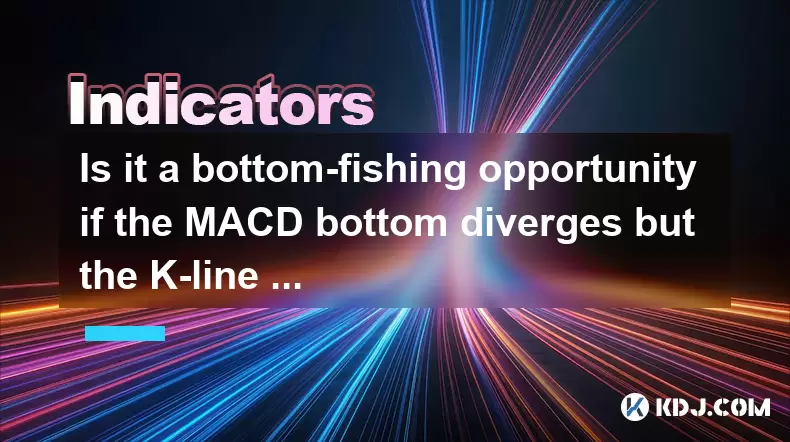
Understanding MACD Bottom Divergence in Cryptocurrency Trading
In cryptocurrency trading, MACD (Moving Average Convergence Divergence) bottom divergence is a technical signal that often suggests a potential reversal from a downtrend to an uptrend. This occurs when the price continues to make lower lows, but the MACD indicator forms higher lows. This discrepancy implies that selling pressure may be weakening and that bulls could be regaining control.
For instance, if Bitcoin’s price drops to $58,000, then $57,500, and finally $57,000, while the MACD line makes lows at -150, -120, and -100 respectively, this would indicate a bullish divergence. The MACD divergence here signals that momentum is shifting even though the price hasn't yet confirmed it.
Interpreting K-Line Behavior Amidst Divergence Signals
While MACD divergence can be a powerful tool, traders must also analyze K-line patterns on candlestick charts to confirm or refute the strength of a potential reversal. A K-line chart visually represents the open, high, low, and close prices over a specific time frame. If the K-line continues to show red candles with strong bearish volume despite a bullish MACD divergence, it might suggest that the market sentiment remains negative.
This situation creates confusion among novice traders who expect an immediate price rebound after seeing a divergence. However, price action does not always align instantly with momentum indicators, especially in highly volatile crypto markets. Traders should look for signs like hammer candles, bullish engulfing patterns, or dojis near key support levels to add confluence to the MACD signal.
Why Price May Continue Falling Despite Bullish Divergence
One of the most puzzling aspects for traders is understanding why the price continues to fall even when the MACD shows a bullish divergence. There are several reasons behind this phenomenon:
- Market Sentiment Dominates Technicals: In certain scenarios, macroeconomic news, whale dumping, or regulatory concerns can override technical setups.
- Volume and Liquidity Gaps: If large sell orders dominate the order book without sufficient buying pressure, the price will continue to drop regardless of divergences.
- Time Lag in Momentum Shifts: Momentum indicators like MACD often give early signals, and actual price reversal may take time to materialize.
Therefore, traders shouldn’t rely solely on MACD divergence. It's crucial to combine this with other tools such as volume analysis, order flow, and support/resistance zones to assess whether the divergence has enough strength to reverse the trend.
Combining Tools for Better Trade Confirmation
To increase the accuracy of a trade based on MACD divergence, consider using these additional tools:
- Support Levels: Check if the current price is approaching a historical support level or Fibonacci retracement zone.
- Volume Profile: Observe if there's a cluster of buying interest at the current price range.
- RSI Indicator: Use RSI to see if the asset is oversold (below 30), which adds weight to the MACD divergence.
- Order Book Analysis: Look for significant buy walls or absence of large sell walls in decentralized exchanges like Binance or Bybit.
By combining these elements, traders can better judge whether the MACD divergence is valid and tradable, or just a false signal in a strong downtrend.
How to Approach a Potential Bottom-Fishing Scenario
Bottom fishing refers to entering a trade during a downtrend in anticipation of a reversal. Here's how to approach it carefully when MACD divergence appears:
- Identify the Divergence Clearly: Ensure that both price and MACD form distinct lows and highs that contradict each other.
- Wait for a Price Action Reversal Signal: Don’t enter immediately upon spotting divergence. Wait for a bullish candlestick pattern or a breakout above a recent resistance.
- Set a Tight Stop Loss: Since bottom fishing is inherently risky, place your stop loss below the most recent swing low to limit downside exposure.
- Use Smaller Position Sizes: Reduce risk by allocating only a portion of your capital to such trades until confirmation becomes stronger.
Traders should remember that not every divergence leads to a reversal, especially in trending markets where momentum can persist longer than expected.
Frequently Asked Questions
Q: Can I trade solely based on MACD divergence?
A: No, relying solely on MACD divergence is risky. Always use it alongside other indicators like RSI, volume, and candlestick patterns to validate the signal.
Q: What time frame is best for identifying MACD divergence in crypto?
A: Higher time frames like 4-hour or daily charts tend to provide more reliable divergence signals compared to lower time frames like 15-minute or 1-hour charts.
Q: How long can a MACD divergence last before price reacts?
A: There’s no fixed duration, but it’s common for the price to react within a few candlesticks. If no reaction occurs after three to five candles, the divergence may have failed.
Q: Is MACD divergence more effective in certain cryptocurrencies?
A: It tends to work better in major, more liquid cryptos like Bitcoin and Ethereum, where price action is less prone to manipulation compared to smaller altcoins.
Disclaimer:info@kdj.com
The information provided is not trading advice. kdj.com does not assume any responsibility for any investments made based on the information provided in this article. Cryptocurrencies are highly volatile and it is highly recommended that you invest with caution after thorough research!
If you believe that the content used on this website infringes your copyright, please contact us immediately (info@kdj.com) and we will delete it promptly.
- Ethereum Ecosystem's $7.3B Fee Bonanza: Tether, Circle, Lido Lead the Charge
- 2025-06-26 17:05:11
- Bitcoin, Cryptocurrency, Price Rise: What's the Deal?
- 2025-06-26 16:30:11
- Pepe Mania: Whale Buys and the Meme Coin Frenzy
- 2025-06-26 16:50:13
- Crypto, Meme Coins, and Presales: Is Troller Cat the Next Big Thing?
- 2025-06-26 17:50:15
- Bitcoin Price: Riding the Upward Trend – Will BTC Hit New Highs?
- 2025-06-26 16:50:13
- Bitcoin Price Prediction, June 27: Will the Rally Continue?
- 2025-06-26 17:07:13
Related knowledge
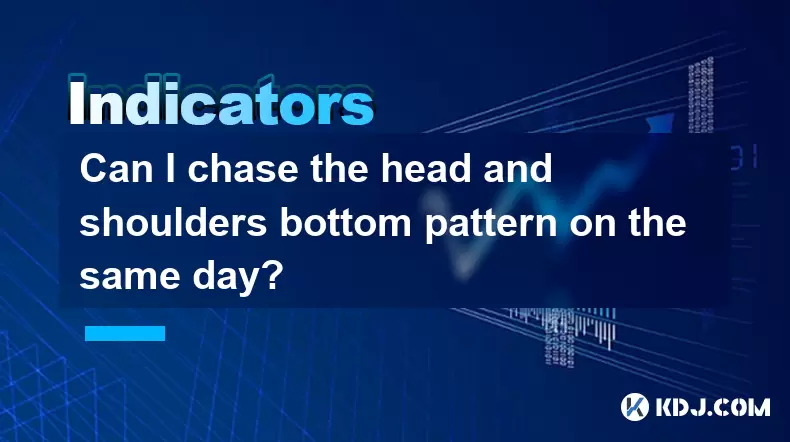
Can I chase the head and shoulders bottom pattern on the same day?
Jun 26,2025 at 06:14pm
Understanding the Head and Shoulders Bottom Pattern in Cryptocurrency TradingThe head and shoulders bottom pattern, also known as the inverse head and shoulders, is a reversal chart pattern commonly observed in cryptocurrency price charts. It signals a potential shift from a downtrend to an uptrend. The structure consists of three distinct lows: the lef...
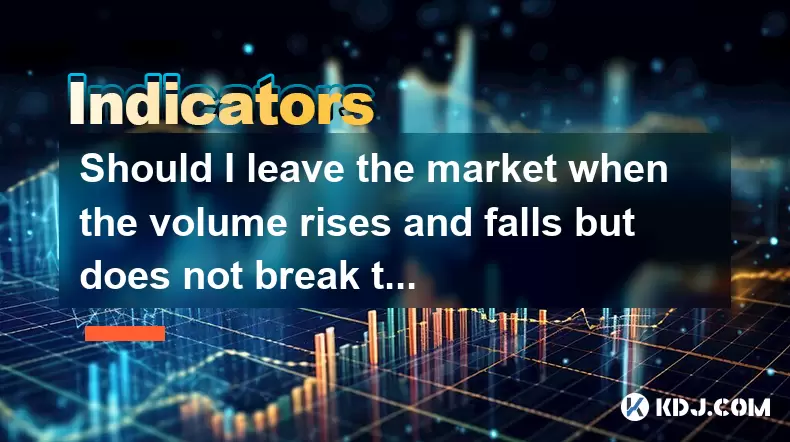
Should I leave the market when the volume rises and falls but does not break the 5-day line?
Jun 26,2025 at 06:08pm
Understanding Market Volume and the 5-Day Moving AverageWhen traders talk about market volume, they're referring to the total number of shares or contracts traded during a specific period. In cryptocurrency trading, volume plays a crucial role in confirming trends and predicting potential reversals. The 5-day moving average (5DMA) is a short-term indica...
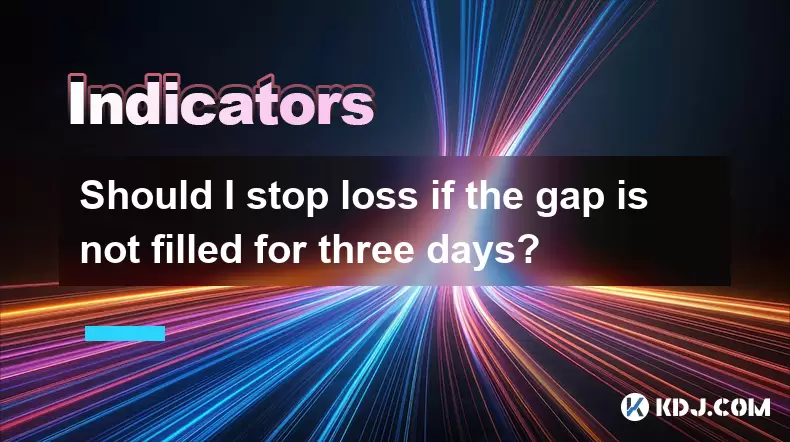
Should I stop loss if the gap is not filled for three days?
Jun 26,2025 at 06:35pm
Understanding Gaps in Cryptocurrency TradingIn cryptocurrency trading, gaps refer to areas on a price chart where the asset's price jumps from one level to another without any trading occurring at the intermediate levels. These gaps can appear due to sudden market movements, often influenced by news events, macroeconomic data releases, or shifts in inve...
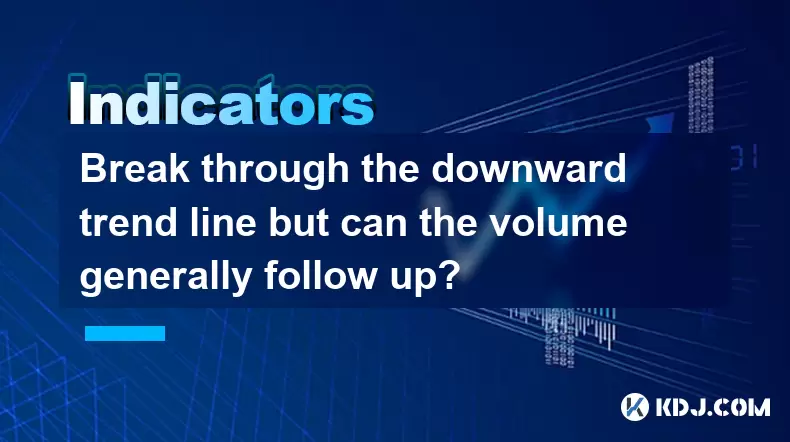
Break through the downward trend line but can the volume generally follow up?
Jun 26,2025 at 05:28pm
Understanding the Significance of Breaking a Downward Trend LineIn technical analysis, a downward trend line represents a resistance level formed by connecting two or more high points in price action. When the price breaks above this line, it suggests that the selling pressure may be weakening and that buyers are gaining control. This is often seen as a...
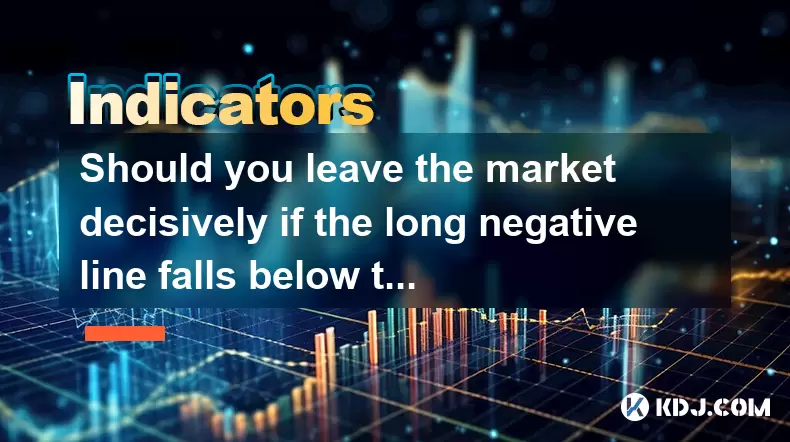
Should you leave the market decisively if the long negative line falls below the 10-week line?
Jun 26,2025 at 06:29pm
What Is a Crypto Wallet and Why Do You Need One?A crypto wallet is a digital tool that allows users to store, send, and receive cryptocurrencies like Bitcoin, Ethereum, and others. Unlike traditional wallets that hold physical money, crypto wallets do not actually store the coins themselves. Instead, they manage the private keys and public addresses nec...
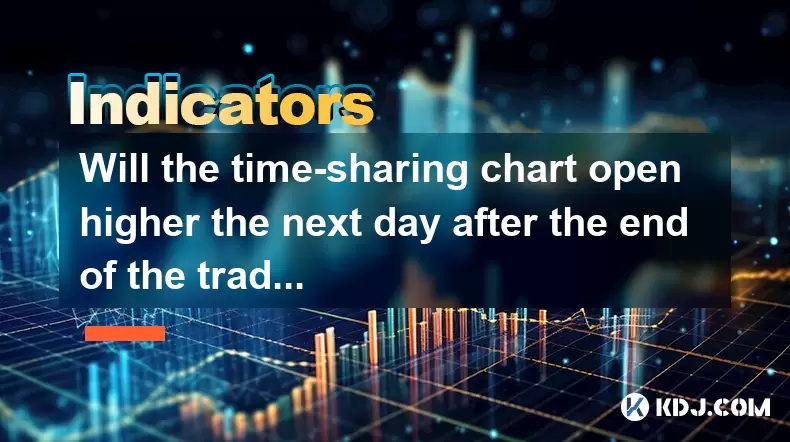
Will the time-sharing chart open higher the next day after the end of the trading?
Jun 26,2025 at 04:35pm
Understanding Time-Sharing Charts in Cryptocurrency TradingIn the realm of cryptocurrency trading, time-sharing charts, often referred to as tick or intraday charts, play a crucial role in analyzing short-term price movements. These charts display price fluctuations over very small time intervals, such as 1 minute, 5 minutes, or 15 minutes. Traders rely...

Can I chase the head and shoulders bottom pattern on the same day?
Jun 26,2025 at 06:14pm
Understanding the Head and Shoulders Bottom Pattern in Cryptocurrency TradingThe head and shoulders bottom pattern, also known as the inverse head and shoulders, is a reversal chart pattern commonly observed in cryptocurrency price charts. It signals a potential shift from a downtrend to an uptrend. The structure consists of three distinct lows: the lef...

Should I leave the market when the volume rises and falls but does not break the 5-day line?
Jun 26,2025 at 06:08pm
Understanding Market Volume and the 5-Day Moving AverageWhen traders talk about market volume, they're referring to the total number of shares or contracts traded during a specific period. In cryptocurrency trading, volume plays a crucial role in confirming trends and predicting potential reversals. The 5-day moving average (5DMA) is a short-term indica...

Should I stop loss if the gap is not filled for three days?
Jun 26,2025 at 06:35pm
Understanding Gaps in Cryptocurrency TradingIn cryptocurrency trading, gaps refer to areas on a price chart where the asset's price jumps from one level to another without any trading occurring at the intermediate levels. These gaps can appear due to sudden market movements, often influenced by news events, macroeconomic data releases, or shifts in inve...

Break through the downward trend line but can the volume generally follow up?
Jun 26,2025 at 05:28pm
Understanding the Significance of Breaking a Downward Trend LineIn technical analysis, a downward trend line represents a resistance level formed by connecting two or more high points in price action. When the price breaks above this line, it suggests that the selling pressure may be weakening and that buyers are gaining control. This is often seen as a...

Should you leave the market decisively if the long negative line falls below the 10-week line?
Jun 26,2025 at 06:29pm
What Is a Crypto Wallet and Why Do You Need One?A crypto wallet is a digital tool that allows users to store, send, and receive cryptocurrencies like Bitcoin, Ethereum, and others. Unlike traditional wallets that hold physical money, crypto wallets do not actually store the coins themselves. Instead, they manage the private keys and public addresses nec...

Will the time-sharing chart open higher the next day after the end of the trading?
Jun 26,2025 at 04:35pm
Understanding Time-Sharing Charts in Cryptocurrency TradingIn the realm of cryptocurrency trading, time-sharing charts, often referred to as tick or intraday charts, play a crucial role in analyzing short-term price movements. These charts display price fluctuations over very small time intervals, such as 1 minute, 5 minutes, or 15 minutes. Traders rely...
See all articles
























































































